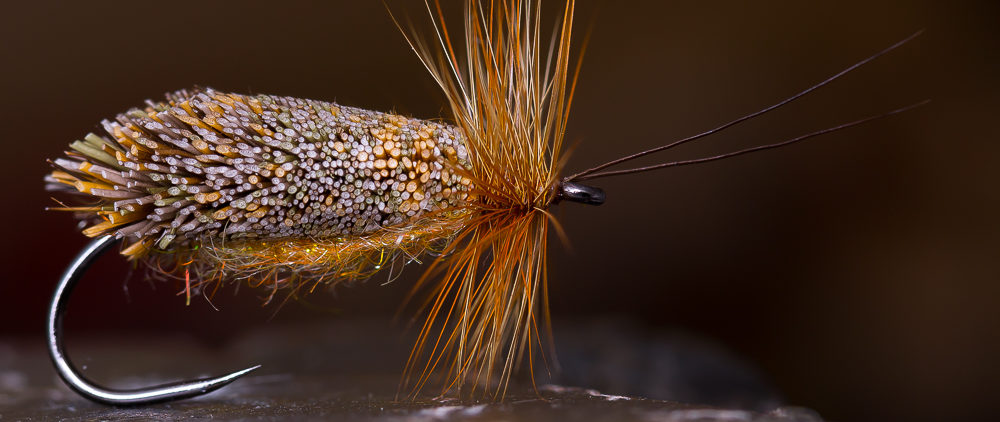 I love to fish and tie sandeel patterns for sea trout in the Baltic Sea (a friend also caught Stripers and False Albacore with it very well btw).
I love to fish and tie sandeel patterns for sea trout in the Baltic Sea (a friend also caught Stripers and False Albacore with it very well btw).
My „Baltic Candy„, a variation of Bob Popovics famous Surf Candy, is after some years in use quite well known among the coastal fishermen, which makes me pretty happy and proud, to be honest.
This Laser Eel is another variation, which is quite easy to tie, maybe easier than the original Baltic Candy. The only difficulty is the use of uv resin on/in the Laser Dubbing, but there is no extra weight used, so the body becomes easily slick.
Just give this fly a try, it looks even better in the water. ;-)
Materials:
- Hook: Gamakatsu SC 15 # 1
- Thread: Mono
- Tail: Polar Fibre white and olive
- Flash: Angel Hair Holographic Silver
- Inner Body: Laser Flash Rainbow
- Body: Senyo’s Laser Dub white and olive
- Eyes: 3D-Eyes yellow 3mm
- UV Resin: Bug Bond
Place the hook in the vise, tie in a piece of polar fibre in white, then a couple of strands of angelhair and another piece of polar fibre, this time in olive. It’s very important to comb the material carefully.
Wind some strands of the laser Flash rainbow around the hook shank and catch it with your thread.
Tie in a bunch of Senyo’s Laser Dub on top and underneath the hook shank and comb it backwards. Bring the thread to the hook eye and do a whip finish. Put the eyes on right place on both sides.
Put some Bug Bond on the head and let it soak into the Laser Dubbing. Cure it with your Bug Bond uv torch.
Apply another coating of Bug Bond to make the head nice and slick.
That’s it! The finished fly, very durable and fishy! Hopefully it brings a nice bend in your rod!




































































































































